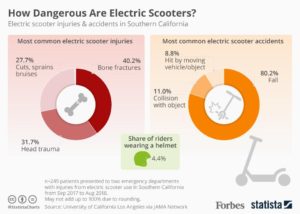- Alarm on my phone: what time I set it for, when I set it, 0 snoozes.
- My phone collects walking data (how far, when, stairs climbed)
- My phone (and laptop) in general collects data about opening apps: which apps, how long, when, battery usage
- My phone collects location data at various times of the day.
- Google has data on my google searches: what I googled and when (at least) (probably what type of thing I googled like “homework related” ex. LaTeX commands)
- Podcasts app collects: which shows / episodes I listen to, when, how long.
- Text messages app collects: who I texted, what I texted, when, when I read messages (who they’re from and what they say).
- When I checked emails, data collected includes: when I opened a message, which message I looked at
- I did Vizual Edge training. It recorded when I trained, which exercises I did, my score, etc.
- I clicked on Amazon ads, Amazon record which ads I clicked on and probably how long I scrolled
- Facebook/Instagram/Twitter collects lots of data points such as: when / how many times I opened the app, what things I likes, how long I spend on the app, etc
- Hulu collects what shows I watch, how long and when, (and probably how long the commercials are and if I keep watching)
- I tapped my student ID on various doors
- I made a grocery list on my phone and checked things off
- I checked the weather on my phone it collects when I checked, where I checked the weather for, and where I am.
- I changed / added various google calendar events so google has that data.
- Whatever surveillance cameras I walked by have images of me / I starred in someone else’s snapchat photo.
Author: svonahn
Dangerous Scooter Data Presentation

I recently saw a data presentation about electric scooter injuries. It shows data on what types of injuries occur, what type of accidents occur, and the helmet wearing percentage of riders. The data is from two emergency departments in Southern California. The target audience is people who ride or may consider riding electric scooters. The goal of the presentation is to convince people that electric scooters are more dangerous than one might initially think and that they should take precautions such as wearing a helmet. It is mostly effective at doing this but could have a clearer message. I think they could make the helmet wearing message more prominent. It is small and at the bottom. The percentage is strikingly low and they don’t do much to draw attention to it. A visualization of the 4.4% would really help it out. The title sort of implies a message of “scooters are dangerous and should be avoided “rather than “riders need to take the risks of scooters more seriously and wear helmets”. They could also strengthen their message by highlighting how common serious injuries and accidents are by using the color code in the donut chart to indicate severity rather than commonness (which is already being shown by the donut chart). The graphics do a good job of emphasizing the danger aspect and drawing the readers attention.